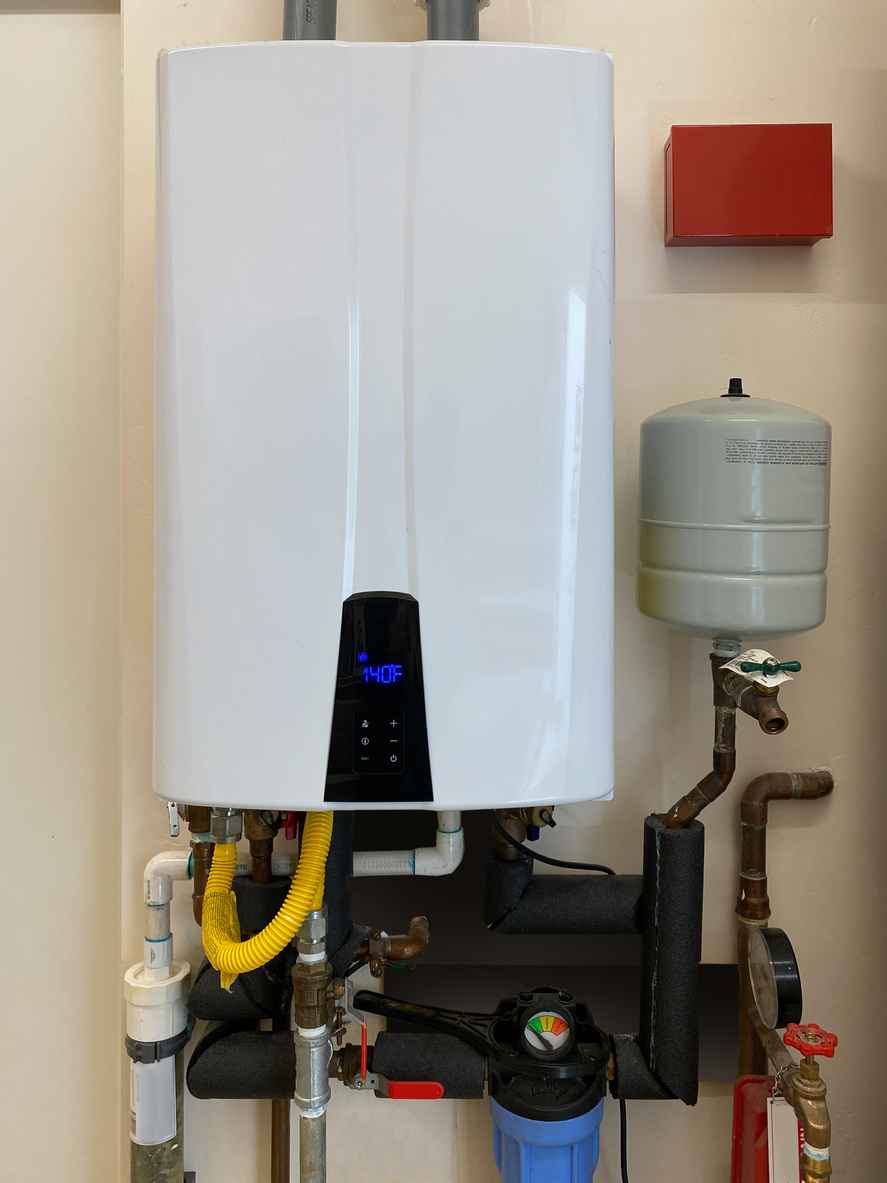Call or Text
801-438-4793Utah Inversion: What It Is and How to Cope
January 9, 2015
The Salt Lake valley is subject to heavy inversions–particularly during the winter months. The topography of the valley is such that the Wasatch Mountains on the eastern edge of the city act as a barrier that help lock pollution inside the valley on the worst air days. Contamination settles and lingers in the valley before a storm system pushes in and cleans the air. The inversion phenomenon is not unique to this area, but it is a fairly common effect throughout the year–even in the heat of summer.
Deep valleys surrounded by mountain ranges are subject to inversions–especially those with large populations contributing significant levels of contamination–from vehicles and industry. The inversions of the Salt Lake valley are a familiar burden to anyone who lives or has lived there, especially during the long winter months. Here is a look at the impact of these regional inversions and some tips to cope with them during the winter.
Winter Sports & Elevation
A great way to beat the inversion is to engage in a winter sport–preferably at elevation. Skiing or snowboarding are ideal since the resorts are typically located well above the inversion levels. These are great ways to get away from the poor air quality for a day and enjoy cleaner, mountain air. Usually, once a winter snowstorm moves in, the air is cleaned, but during much of the winter, inversion conditions rule. Activities like cross country skiing and snowshoeing are great opportunities to escape the lingering pollution and recreate in the snow.
Drive Less
While not all of the air contamination is a direct result of vehicle emissions on the road, during the worst air quality days, vehicles have a noticeable impact. Driving less during these times and making efforts to take public transportation when possible will help reduce vehicle contributions to the winter inversions. This relatively small act, multiplied by hundreds of cars, can have a more significant impact in helping to control the severity and duration of winter inversions.
Adhere to No-Burn Days
On days of extremely poor air quality, the city may mandate ‘no-burning’ for residences with fireplaces. It is a good idea to adhere to these to help with the overall air quality during periods of inversion. Fireplaces can contribute a lot of particulate matter to the air which, coupled with already contaminated air lingering in the valley, can further negatively impact the overall air quality. Avoid using wood burning fireplaces and stoves in excess–most importantly on days where air quality is especially poor.
Recent News

How Do Tankless Water Heaters Work?
March 19, 2024

How Much Is a Water Softener?
March 5, 2024

How to Fix Leaky Pipes Under Kitchen Sink
February 22, 2024

How Much Does Emergency Plumbing Cost?
February 8, 2024

How to Unclog a Bathtub Drain
January 16, 2024

How Much Is a Water Softener?
January 9, 2024
